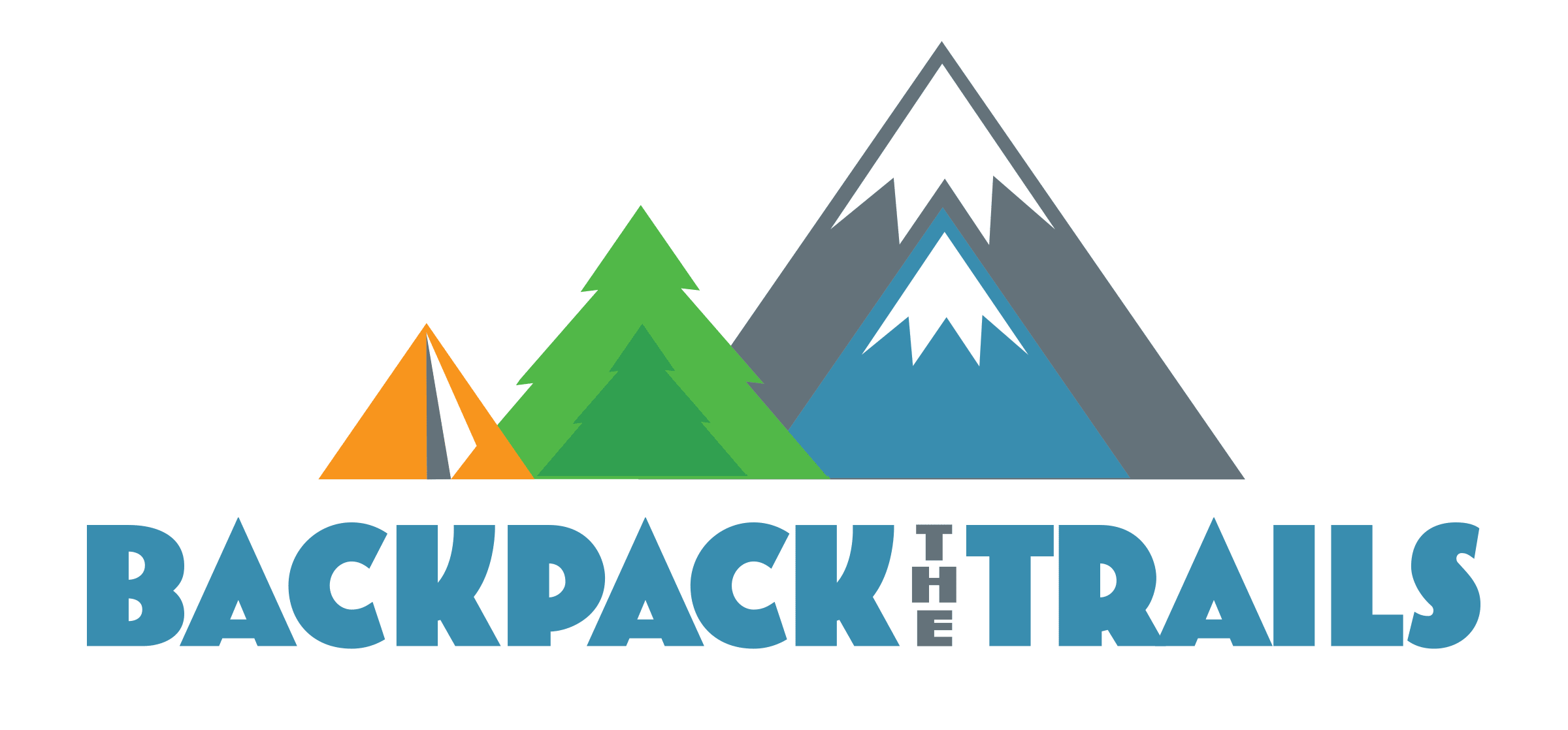Preparing For Your Trip
The good news is, you do NOT have to be a hardcore athlete, marathoner, or crossfit star to join one of our trips. BUT, you DO need to have a level of fitness appropriate for your trip.
Backpacking is hard work, no matter how light your pack is! By having some basic fitness, you'll have way more fun on your trip, and you'll be that much safer too.
Here’s some tips to help you get ready.
Footwear
If there is ONE MVP on the trail - it's your feet! Having good footwear is the MOST important thing for any trip.
Get your hiking shoes or boots on your feet! Wear them daily, around the house, to work, and especially on walks and training hikes. The more you wear them before your trip, the better shape your feet will be in on the trail.
You don't need the biggest, beefiest hiking boot on the shelf to have a good backpacking boot. Full-leather hiking boots tend to be the heaviest boot option out there, so it's ok to look at a fabric or composite boot. Make sure it flexes and is comfortable when you walk.
Many boots have a built-in Gore-tex or waterproofing. This is redundant with full-leather hiking boots and is more likely to lead to hot, sweaty feet, increasing foot swell, discomfort, and the potential for blister formation.
That said, a lot of your choice will depend upon fit. For illustration, something like these Salomon boots are sufficient for backpacking.
While we recommend hiking boots, you may also choose trail runners, or ankle-height hiking shoes, according to your preference. Hiking boots have more foot and ankle support, they can have a waterproof Gore-Tex layer, and they are way more durable than trail runners and hiking shoes. Trail runners and hiking shoes are lighter, they often do not have a waterproof Gore-Tex layer, yet they dry more quickly after water crossings that are deeper than your boot. A popular trail shoe is the On Cloudventure Waterproof Trail-Running Shoes.
Fitness
We can't all be runners, but having a basic level of cardiovascular fitness is essential for long days on the trail.
Nothing will prepare you for your trip like hiking, so we encourage you to at a MINIMUM hike, walk, jog, or run 3 days a week.
If you don't backpack much, you might not be accustomed to hiking with a heavier load. Practice carrying weight by walking or hiking with a daypack filled with water bottles or heavy weights (10-20 lbs) on at least two of your weekly walks.
You don't just have to walk or run to prepare for your trip. You can vary your routine by adding in cycling, mountain biking, spin classes, swimming, tennis, or playing active games like basketball or soccer.
We also encourage you to add in some basic strength training, 1-2 days a week. Backpacking takes a measure of full-body strength, with a special focus on your core, back, shoulders, glutes, and legs.
Take a strength class at the gym, or add in body weight squats, lunges, calf raises, crunches, plank holds, pushups, and back extensions to a couple of your cardio days.
Recommended Fitness Routines
Beginner Backpacker (level 2) trips: Walk 2-5 miles 2x a week, 1-2 additional day of cardio and strength training.
Moderate Backpacker (level 3) trips: Walk 3-5 miles 3x a week, 1-2 days of additional cardio and basic strength training.
Ambitious Backpacker (level 4) trips: Walk or run 5-10 miles 1x a week, walk 2-5 miles 2x a week (include stairs or inclines). 1-2 days of additional cardio and bodyweight or weighted strength training.
Hardcore Backpacker (level 5) trips: Walk or run 10-15 miles 1x a week, walk or run 3-5 miles 3x a week, (include stairs or inclines). 1-2 days of additional cardio and bodyweight or weighted strength training.
These are just recommended activities and exercises. Make sure you are healthy, and talk to your doctor before starting up a new fitness routine.
More Fitness Tips
This article from REI has great tips and videos, showing some strength training moves that are helpful for backpacking.
Summit Strength also has a wonderful 12-week training plan for beginner backpackers.
